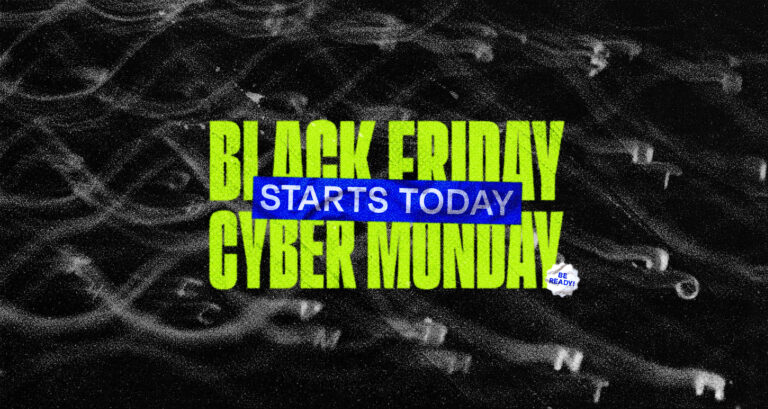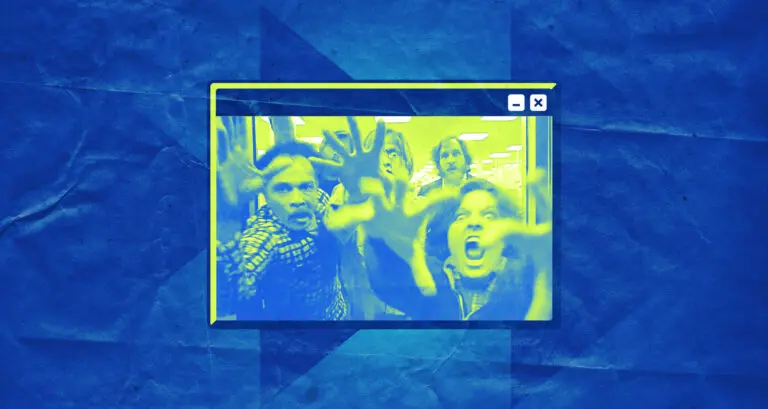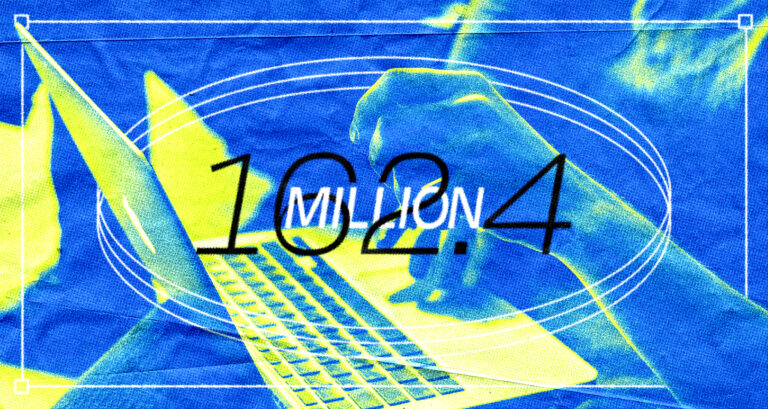The saying ‘a picture is worth a thousand words’ has never been more accurate. Images not only enrich our online experiences, making content more engaging and aesthetically appealing, but also play a significant role in influencing user behavior. According to an article from HubSpot, a staggering 39% of people will stop engaging with a website if it has slow images (or if they don’t load).
It’s not enough to simply have visually captivating imagery on your website. The speed of those images plays a critical role in user engagement. Slow-loading images can lead to a poor user experience, increased bounce rates, and ultimately, a loss of potential customers or clients. Womp womp.
Modern internet users are accustomed to swift, seamless browsing experiences. As such, every second counts when it comes to page load times. Delayed image loading interrupts the user’s flow, causing frustration and often prompting them to exit the site. It’s science, 39% is a significant portion of your potential audience lost due to a small technical issue.

How to keep images from losing engagement?
One effective solution is image compression, a process that reduces the file size of an image without degrading its quality to an unacceptable level. A variety of tools and techniques, including choosing the right file format, resizing images, and using image compression software can fix this.
Another approach is implementing lazy loading, a technique where images are only loaded when they come into the viewport. This not only speeds up initial page load times but also saves bandwidth for users who may not scroll all the way down on your page.
It’s also good for SEO
Beyond user experience, image optimization is also important for SEO (Search Engine Optimization). Search engines, like Google, factor in page load times when ranking websites. Faster websites are more likely to rank higher in search results, leading to increased visibility and more organic traffic.
In summary, images are a vital component of your website, adding depth and context to your content. However, without proper optimization, they can be more of a burden than a benefit. By focusing on image optimization, you’re not just improving your website’s performance and SEO, but you’re also creating a smoother, more enjoyable experience for your users. Remember, a well-optimized website retains users, and retained users are potential customers. The effort invested in image optimization can pay significant dividends in terms of user engagement and conversion.




